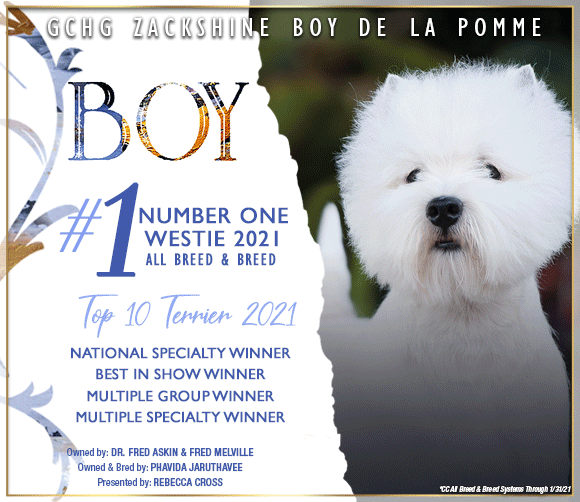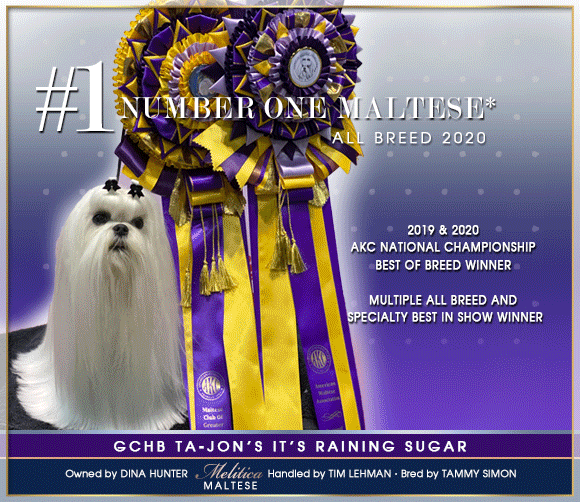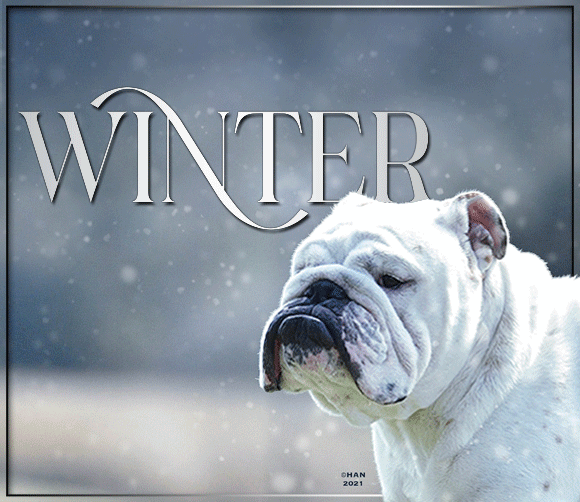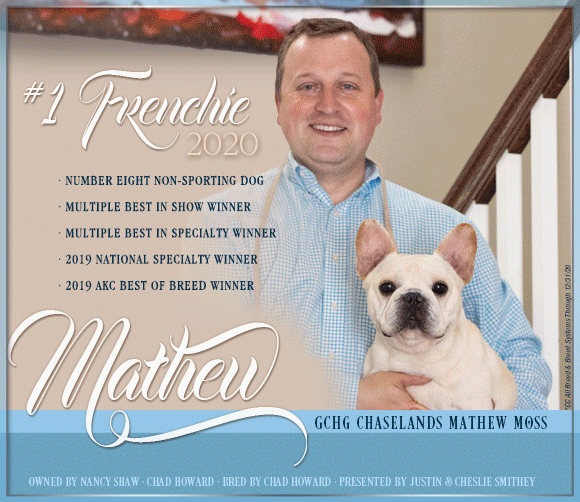Understanding Standards
By William Given
By the time most exhibitors of purebred dogs make their first trip into the show ring, they have narrowed their interest to one breed. About the time they make their second ring appearance, they will have learned that there exists differences in the quality of dogs within their breed. Those differences may be recognized on a varying scale of values between puppies and adults, as well as those which are pet quality, those competing in companion and performance events, and those that are conformation champions and breeding stock.
It is a maxim, which is almost universally accepted, that “beauty is in the eye of the beholder.” However, when this particular type of beauty is to be assessed and debated between two breed enthusiasts, or among any number of purebred dog owners (say, for example, at a dog show or club meeting), the “eyes” of a few of the “beholders” will likely require some amount of stabilizing guidance in finding agreement, in principle, yet still allowing for individual interpretation.
And, even before a breed is granted full recognition and assigned a group classification, it is necessary that an authoritative description be submitted and adopted. This definitive document then becomes the breed’s “Standard of Perfection.” After approval by the American Kennel Club, it becomes the “frame of reference” in the difference of opinion between estimates of “beauty” in the “eyes” of the many different “beholders.”
What is a breed standard?
A breed standard is, essentially, a written illustration of what a dog of the given breed should look like. The words paint a picture of the correct construction and ideal movement. A breed standard should describe everything from head to tail, front to rear, height and weight, coat and color, as well as proportion and ratio. It describes the key traits and characteristics of the breed and–in the well-thought-out standards–physical and mental soundness are also mentioned.
The breed standards are what lie behind the 193 different breeds that we know and enjoy today. They are the blueprints used by breeders in their pursuit to breed only superior specimens and they are the tool of the judges in evaluating the merits of the dogs in the conformation ring.
On occasion, there is a grading scale for specific traits and characteristics ranging from barely tolerable to highly desirable. Often, the mention of qualities, at any point on such a scale, should not be interpreted as more to be sought than the stated intent. And, with respect to portions of standards adopted from foreign countries of the breed’s origin, it may be crucial to know how it is (or was) applied there in order to ensure equal effectiveness here and now.
HISTORY OF BREED STANDARDS
In the beginning, the men who knew a breed best were those who had a working relationship with their dogs, they understood form and function. These men were, most often, stockmen and they wrote most of the standards because they possessed the knowledge and experience of working with the dogs in the fields and on the farms.
The earliest breed standards date back to the nineteenth century, when different breeds were being developed. So, in as much as many of the 193 breeds currently recognized by the American Kennel Club were bred for different purposes and have different countries of origin, with some being quite ancient and others, much less so, it is reasonable that they are worded differently and have the emphasis on different traits and characteristics. In the early days, it was common for these men to often use terms and phrases right out of the standards from the breed’s country of origin.
Among the standards of the 193 breeds now recognized by the AKC, there are nearly 300 words, terms and phrases which require careful interpretation as to their use in individual breed standards. It is difficult, therefore, and could even be misleading to attempt to generalize to any real extent, with respect to their use in interpreting and understanding of the standards as an anthology.
It was, of course, such a living image of the perfect dog which, in the minds of those writing the standard, was put into print. When each fancier is first introduced to their breed’s standard, it seems somehow only fitting that they should have an experienced mentor to provide an easily understandable translation. I suggest this because the written data that has been collected and stored, and the mental images on file may be contaminated by an assortment of sources of less than official origin and must be resolved and reconciled toward the official and ideal image as soon as possible as it does certainly have an impact on early and long-term success in the sport.
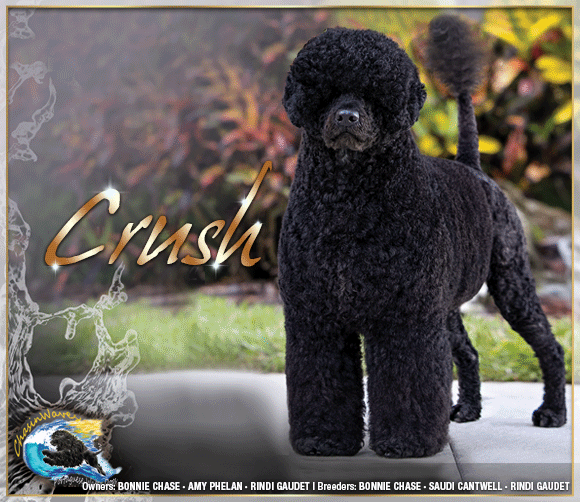
SIMPLE, BUT COMPLEX
Breed standards are truly simple in that they describe the correct construction, proper movement and requisite soundness demanded in the ideal dog of its breed. What could be easier, right? On the other hand, for neophytes and even experienced and successful breeders, they can be enormously complicated. This is because of the use of veterinary terminology and the use of Latin (and not a great many people are well-versed in the language) along with old-fashioned word choices can easily make a breed standard sound cryptic and thus more difficult to understand. Also, a few words and terms are derived from the equine skeleton without acknowledging the disparity.
Some of the newer and more heavily revised standards are much easier to read and understand compared to those written more than a century ago, and which have remained relatively unchanged. However, far too many standards state that a breed “should be” this or that, while others declare a breed is this or that, when, in fact, many individual specimens fall short of both this and that. Other standards can be found which suggest that a degree of perfection is described which can guide breeding programs toward an achievable goal.
JUDGING TO THE STANDARD
If a breed standard is to have an impartial and definitive basis for the resolution of competitive passions and serve as a unifying force with respect to the results of breed judging, as well as supporting claims of breeding quality, then they are greatly important. My mentor once described the breed standard to me as a “three-dimensional mental image empowered with movement.” A breed standard is a requisite document if we are to complete an appraisal of a single entry of class of dogs.
It is the standard which brings us out of a breed’s origin and authenticity and delivers us to a place where we can actually see improvements in our breed. It is natural that we must first find a way to span the gap between the written description of the ideal dog and the living dogs presented in the ring for evaluation. Oh, not to mention the fact that it will be a human being who will be applying the standard in the evaluation of the dogs entered under them. Remember, even the most knowledgeable and highly experienced judges would have, at best, only similar ideas with respect to the application of a standard, and totally different ways of describing their judging process.
Since the breed standard is the framework for the breed, it is then the task of the judge to find and award those dogs which most closely fit it. In so doing, the judge helps to ensure the breed is fit for its function. There is, of course, always the ever-present danger that a breeder might be prone to exaggerate some feature of their stock to display more of that breed trait or characteristic. It is here, however, that the judge must exercise the obligation to penalize any such exaggeration. If a trait, feature, characteristic or quality is desirable, it should only be present in the proper measure.
In the sphere of temperament, where a judge encounters what he or she would justly consider an aggressive dog, you will find some exhibitors attempting to use words and phrases (from the breed standard) like alert, audacious and fearless in an attempt to legitimize his or her dog’s temperament shortcomings. Conversely, where a dog is obviously shy, timid or unwilling to be examined, the handler is quick to inform the judge that the breed standard allows the dog to be aloof or reserved with strangers.
REVISING BREED STANDARDS
The majority of revisions to breed standards begin with concerned individuals of the breed’s fancy or member-breeders. No standard will ever be changed until the proposed changes have been studied by the parent club’s breed standard committee. Any revisions to breed standards occur only as a result of a great deal of consideration and lobbying, and after a great many compromises have been made. And, no standard will ever be changed unless a majority of the voting membership of a parent club desire the change.
Upon securing a majority vote of the membership, the proposed revised standard is submitted to the AKC’s Board of Directors for approval. All proposed revisions are carefully reviewed to ensure they are consistent with established rules governing standards. The proposed revision is then published on the Secretary’s page, thereby notifying the breed fancy and providing them with an opportunity to comment on it.
We have only to observe the conduct of almost any legislative committee to see that in any transcript, changing a word here for one member and one there for another member, can create a much-balkanized community. So, it is not surprising that when a group of purebred dog breeders, exhibitors and judges assemble in committee to set down on paper a written description of the best of the current specimens of an individual breed, the terminology and outline lacks consistency in the finished product.
BENEFITS OF BREED STANDARDS
From hunting to herding, from coursing to carting, dogs have been selectively bred to perform different tasks. To ensure that dogs could successfully meet the demands required of them they needed to possess certain physical characteristics and specific temperaments. The simple truth is, dogs have been bred to perform such a wide variety of roles that it has given us the diversity of breeds we now enjoy. And, although the fact that many of the breeds no longer perform those same jobs, it is the physical traits and attributes listed in the standards which attract people to particular breeds.
Today, another benefit of breed standards is that when people seek to purchase a purebred puppy from a reputable breeder, they receive some measure of assurance that the puppy will mature to possess the appearance, soundness and temperament which initially attracted them to the breed. A person can never be sure of these things when buying a mixed breed puppy. Breed standards help puppy purchasers make responsible decisions about the breeds which are best suited for their individual lifestyle.
TAKEAWAY MESSAGE
?Quite probably, the very best place to study a breed standard is sitting ringside at a dog show where the breed is being judged. As each class is placed, the better examples of structure and movement should become concentrated in the class winners, which will then be evaluated in the winners classes. And, when the dogs competing for Best of Variety or Best of Breed are called into the ring, superior quality should become even more evident.
Aside from the love of a breed and the passion to preserve and protect it, the breed standard is something that breeders, exhibitors and judges have in common. For breeders, the standard is the blueprint for building their program to produce superior quality dogs. For judges, it is a guide to appraising the desirability of the combination of traits and characteristics of the dogs which will be selected for breeding. For owners, the standard represents the achievements of breeders and the sustainment of quality resulting from the choices made by judges in the conformation ring.
What does your breed standard mean to you? If you take the time to learn and understand the standard, you will better understand how and why each component of your dog’s construction contributes to his balanced functioning. If you can understand why people created the breed, you will have a much better idea of why your dog does some of the things he does, without specific training and seemingly without motivation. If you have never read your dog’s breed standard, you really should put it on your to-do list.
Short URL: https://caninechronicle.com/?p=198213
Comments are closed











